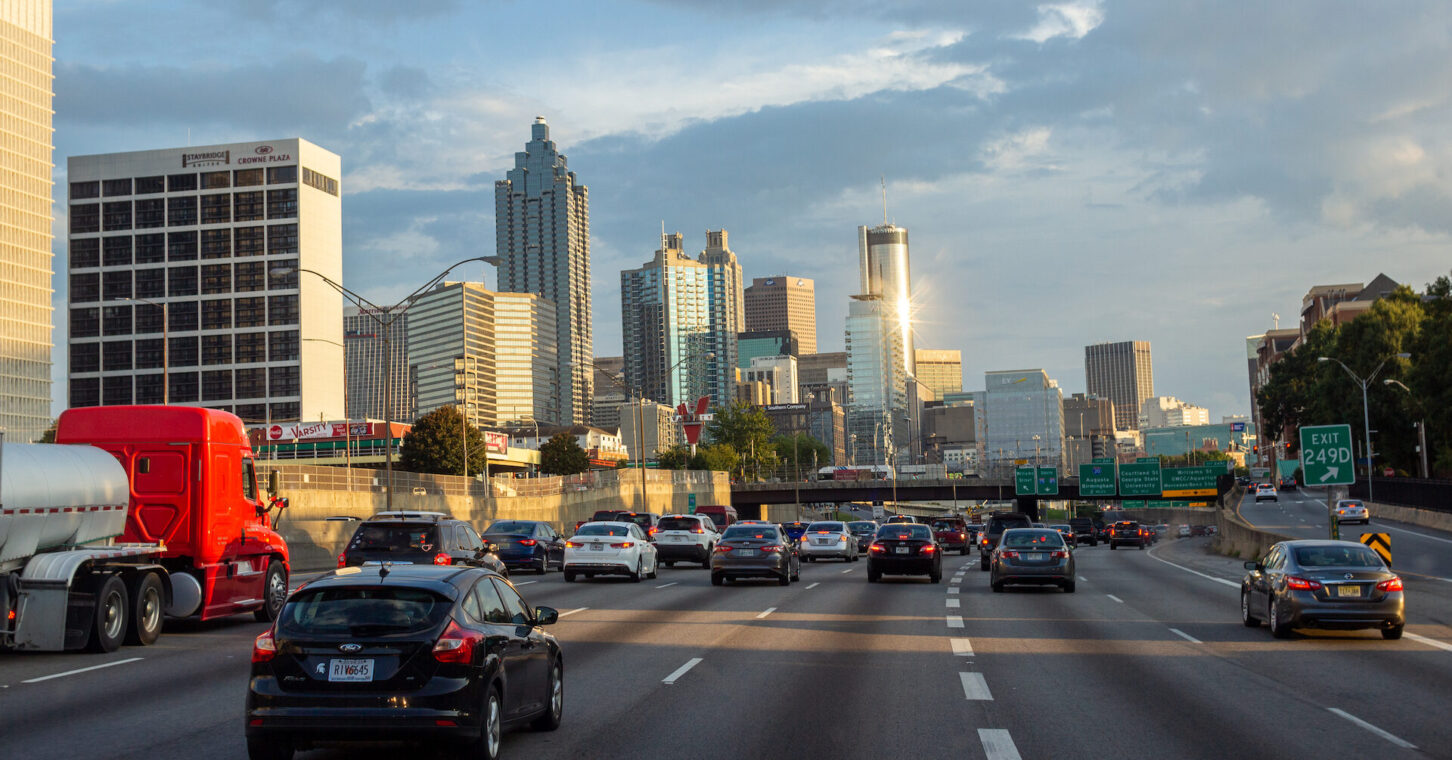
Wounds were still being licked this time 10 years ago.
A year earlier, the ballyhooed effort to implement a new transportation tax had been thumped at the ballot box in most parts of Georgia, including in metro Atlanta where the need for new infrastructure was dire. Voters in the traffic-choked region had rejected a 10-year, $7.2 billion plan by a resounding vote of 62% to 38%. The campaign was promoted in part on the premise there was “no plan B.”
All of which makes a decision earlier this month that much more remarkable.
On June 1, the board of an entity that didn’t exist a decade ago approved a design contract for something once unthinkable: mass transit across the top end of Atlanta’s I-285. It will piggyback onto a transformative wave of road-building across the area and, more broadly, the state.
It’s all a testament to the truth that better ideas will win out if given a chance.
But before I describe the new project, let’s stay in the wayback machine a bit longer.
Ten years ago, Georgia legislators approved a 2014 budget that included $835 million for the Department of Transportation. That figure represented about 4% of all state funds and was deemed woefully inadequate. Another billion a year was supposedly needed just to get the state caught up, much less to add new capacity.
Having been sent by the voters back to the drawing board, lawmakers began to accept the need to squeeze everything they could out of existing revenues before asking for more. Importantly, back then the state applied its 4% sales tax to motor fuel but allocated only three-quarters of it for transportation. The “fourth penny” disappeared into the general fund.
By 2015, lawmakers had approved a plan to boost transportation spending by nearly $1 billion a year. Dedicating the entire motor fuel tax to roads and bridges was key to building trust for the measure.
Now fast-forward to this spring: The General Assembly appropriated more than $2.1 billion in state funds for transportation – two and a half times 2014’s amount.
The DOT budget includes an almost fivefold increase for capital construction compared to 2014, a near-tripling of capital maintenance expenditures, and almost twice the amount of grants to local governments for road improvements.
All of these increases outpace the rise of overall state spending, which at $32.4 billion is 63% higher than 2014’s figure of $19.9 billion. The DOT’s share of state spending is up to almost 6.5%.
The new funding, along with a greater embrace of public-private partnerships to finance large projects, has allowed for new interchanges at I-285 and Ga. 400 in Atlanta, I-75 and I-16 in Macon, and I-16 and I-95 in Savannah, among other projects. It has also facilitated the construction of dynamic-priced toll lanes on two segments of I-75 in metro Atlanta; more are on the way, including on Ga. 400 and the top end of I-285.
Which brings us back to this month’s vote. The Atlanta-Region Transit Link Authority, created in 2018, along with the DOT and MARTA, plans to put bus rapid transit service on the toll lanes to be built on the north side of I-285, between I-20 on each side of Atlanta. At least nine stations are planned, plus connections with three MARTA rail stations.
Adding rail instead along I-285, as some insisted upon doing a decade ago (and a few zealots still do), is cost-prohibitive. It isn’t physically feasible anyway; there’s nowhere to put separate rail infrastructure with the toll lanes that are going in. A more flexible service that should cost far less is another benefit of the 2012 tax referendum’s failure.
Now there’s a growing chorus calling for even more transportation funding, which may be necessary if Georgia is to build entirely new highways – such as new, farther-flung bypasses of Atlanta. We can have that debate.
But let’s remember the lessons of the past decade and insist on getting it right, even if that means waiting for “plan B.”